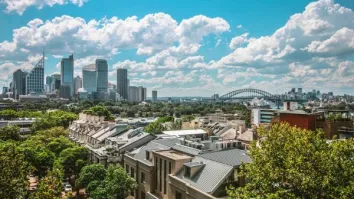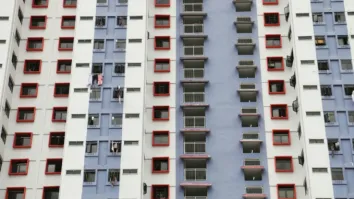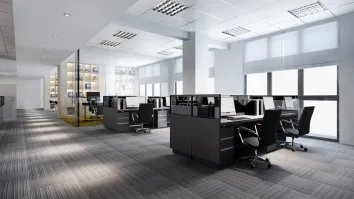
Retailers expand amidst slow consumer spending
Shop owners are getting the best units in the most prime locations amidst thin supply.
Retailers in the Asia-Pacific region are showing a healthy appetite for new stores despite slowing sales growth, with 76% of surveyed brokers having received leasing inquiries from shop owners looking for new spaces, according to property consultant CBRE Group, Inc.
Retailers appear to be focusing on the best units in the most prime locations at a time when availability is wearing increasingly thin, Vivek Kaul, head of retail for the Asia-Pacific region at CBRE, told Real Estate Asia.
“Retailers are capitalising on market weakness by relocating to core locations and banking on pop-up stores, which make some landlords offer longer leases,” he said, noting that spaces for flagship stores remain in high demand.
For example, global fashion brand Charles & Keith opened three flagship stores in Tokyo, Singapore, and China this year.
Consumer spending growth in the region has weakened this year amidst a softer economic outlook and interest rates that remain high. Singapore and Hong Kong’s strong dollars have also spurred their citizens to spend more overseas.
Upbeat retailer sentiment and high levels of enquiry are being converted into actual leasing transactions, with CBRE's leasing market professionals have reported a brisk flow of deals this year.
“With the exception of the fine dining segment, F&B (food and beverage) demand has been especially robust, with global F&B players seeking market entry and homegrown brands expanding across the region,” the property consultant said in an October 2024 report.
Demand for nonprime space in most Asia-Pacific retail markets remains lacklustre, and there is an unwillingness among retailers to even consider such locations, it added.
Lee Fong, head of property sector research for Asia-Pacific region at Jones Lang LaSalle, Inc. (JLL), said tourism recovery is boosting prime retail corridors in tourist hotspots, helping balance cautious domestic consumer behaviour in slowing markets.
He said international brands are opening shops in Hong Kong’s high streets amidst cheap rents. “They are also opening new shops in prime malls in Bangkok and entering India’s gateway cities of Delhi and Mumbai for the first time to tap into a rapidly growing consuming population.”
In the third quarter, Bangkok had a positive net absorption of 3,900 square meters — meaning more space was leased than became available — led by the fashion and household goods sector, according to a JLL report.
Fong said pop-up stores are gaining popularity because they allow retailers to optimise their footprint, cut operational costs, and tailor their products to local tastes. “These compact stores are often strategically placed in high-value locations where space is often limited and expensive.”
Meanwhile, bigger retailers are expanding to accommodate more products and experiential elements in their stores, Kaul said. “In general, food and beverage, luxury and sportswear retailers see stronger sales performance and subsequently, better expansion demand.”
As a result, some landlords are reconfiguring spaces by merging units to create bigger and more attractive venues, Fong said. “The growing preference for sportswear and athleisure is encouraging landlords to dedicate zones to active lifestyle concepts, incorporating features like fitness studios to boost foot traffic.”
He said there is a strong retail supply forecast in Shanghai, Beijing, and Kuala Lumpur, where completion volumes are set to exceed 200,000 sq.m. in 2025.
“This significant supply might increase vacancy rates, yet demand should remain firm for high-quality assets in prime locations, driving a moderate rental uptrend,” he added.
Kaul expects retailers to become more risk-averse by being more conservative in selecting sites. “Landlords will need to be more accommodative in lease negotiations to stimulate transactions.”



















 Advertise
Advertise




